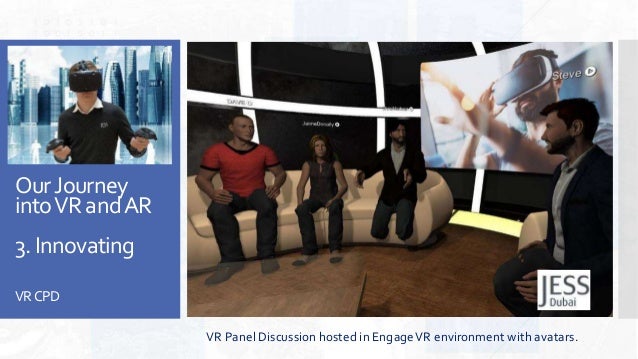
In these contexts, VR doesn’t need to be custom-made or expensive. For instance, in stroke rehabilitation, VR is being used to radically increase the amount of movements undertaken in a treatment session, with predicted gains in function and overall outcome. In patient-facing rehabilitation, VR is incorporated into games that enable participants to practise movements or develop skills in an environment that is safe but also engaging and challenging. What can virtual reality do for physiotherapy? Rehabilitation Using VR headsets or mobile devices, users are immersed in realistic environments, and their decision-making ability when managing patients can be assessed as it would be in real life.

Patient motivation, with personalised rehabilitation.

These advances are important for several reasons: They can hold a human heart in their hands, get close to a black widow spider or step inside a medieval house. Mixed reality blends virtual objects with real-world views, enabling students to interact physically with a huge range of 3D models. When students look at the ARC trigger images on worksheets or posters, the content comes to life, delivering interactive 3D models, such as machines, historical artefacts, planets, blood cells and many other exciting educational resources. Headsets include a front-facing camera and ARC (augmented reality classroom) app, which can be launched with a simple thumbs-up gesture. This content boosts engagement, understanding and ultimately knowledge retention. It enables students to view and interact with 3D models, such as getting up close and personal with a beating heart. Augmented realityĪugmented reality (AR) superimposes a computer-generated image on to the real world. The user can interact with the system using a hand-held controller, for example, or through sensors and/or cameras that detect and display their movement. Non-immersive systems use a visual display such as a flat-screen projector, television, curved screen or walled projection room. Immersive VR uses movement-sensing head-mounted displays, with or without additional hand controls.
#Define virtual representation kids series#
They become part of this virtual world and are able to manipulate objects or perform a series of actions. In immersive VR, the user can explore and interact with a 3D, computer-generated environment. VR systems can be immersive or non-immersive. It has the potential to fundamentally change how we communicate and work. VR can be used for both entertainment and more serious applications, and there are many opportunities for innovation.

A number of technologies are used to achieve this. Virtual reality (VR) is an artificial environment that the user experiences as if they were really there.


 0 kommentar(er)
0 kommentar(er)
